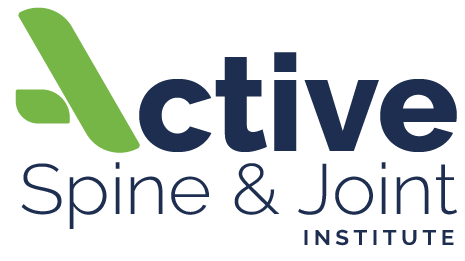So, you are bone on bone and need surgery… Now What?
Have you recently been diagnosed with arthritis of the knee, or been told that you are “bone-on-bone”?
When patients are first diagnosed with osteoarthritis, it may feel overwhelming, You may be unsure of the best options to manage the painand to prevent further joint damage. And, while many are told that total knee replacement surgery is their only option for relief, there are alternatives that are important to explore before making the commitment to invasive and risky surgery.
So, does bone on bone mean eventual knee surgery? Not necessarily.
With what we’ve learned in recent years, and with the most-advanced technologies available, it is possible to avoid a total knee replacement. And, there are even surgery-free and insurance-covered programs options available.
What exactly does “bone on bone” mean?
This term is used to describe osteoarthritis - the inflammation of bones in a joint due to a reduction or cartilage. In a healthy joint the cartlidge (the smooth, flexible and resilient tissue that protects the ends of your bones at the joints) aids in the movement of the joint between two bones. Osteoarthritis happens when this cartilage breaks down over time, eventually removing the padding between the bones. So if someone has a joint that is “bone on bone” it suggests that the amount of cartilage on the bones in the joint is greatly reduced and inflammation is present.
If not treated and managed, this can become a very painful and debilitating condition to live with. Patients will see significant limitations in what they can do in their day-to-day life and miss out on the activities they love to do.
I’ve been told that joint replacement is the best, or only option. Is this true?
In a word, no.
Patients should always get a second opinion before committing to any type of invasive surgery. There are risks and complications involved that, if possible, should be avoided if alternate treatments are available. Remember, total joint replacement surgery involves undergoing anesthesia, hospital stays, long recovery times, and the risks associated with surgical implants and surgery itself. And total joint replacement surgery is not always a long-term solution.
At Active Spine and Joint, we have treated hundreds of patients with a bone on bone diagnosis without the use of drugs, or surgery. And what many patients do not realize when they come to our office is that our program is insurance-covered, making it even easier for people to get out of pain.
What does your knee pain program look like?
It’s not a cut and paste program. Because every patient is different, every knee pain treatment program looks a little different too. Our medical practitioners craft the protocol based on the patient's specific needs and goals. Everyone is a little different; what may work for one person may not work for another.
Our experts will develop a personalized treatment plan to help you return to being active again, without debilitating knee pain. Through a combination of the insurance-covered CET, Viscosupplementation, and Rehabilitation, you can start walking your path back to greater health.
If those programs are not getting our patients the results they were hoping for, advanced programs like Pulse Wave Therapy, PRP or A2M, Cold Laser Therapy, and Prolozone are also available treatments at our pract.
What’s the next step?
If you or a loved one has been diagnosed with bone on bone knee pain, Active Spine and Joint Institute may be able to help you avoid surgery. Contact us today to schedule your consultation with our medical practitioners to see if you are a candidate for our insurance covered, drug-free, and surgery-free treatment. We only take on patients that we truly feel like we can help and get out of pain.
Call us today at 609-886-8585
